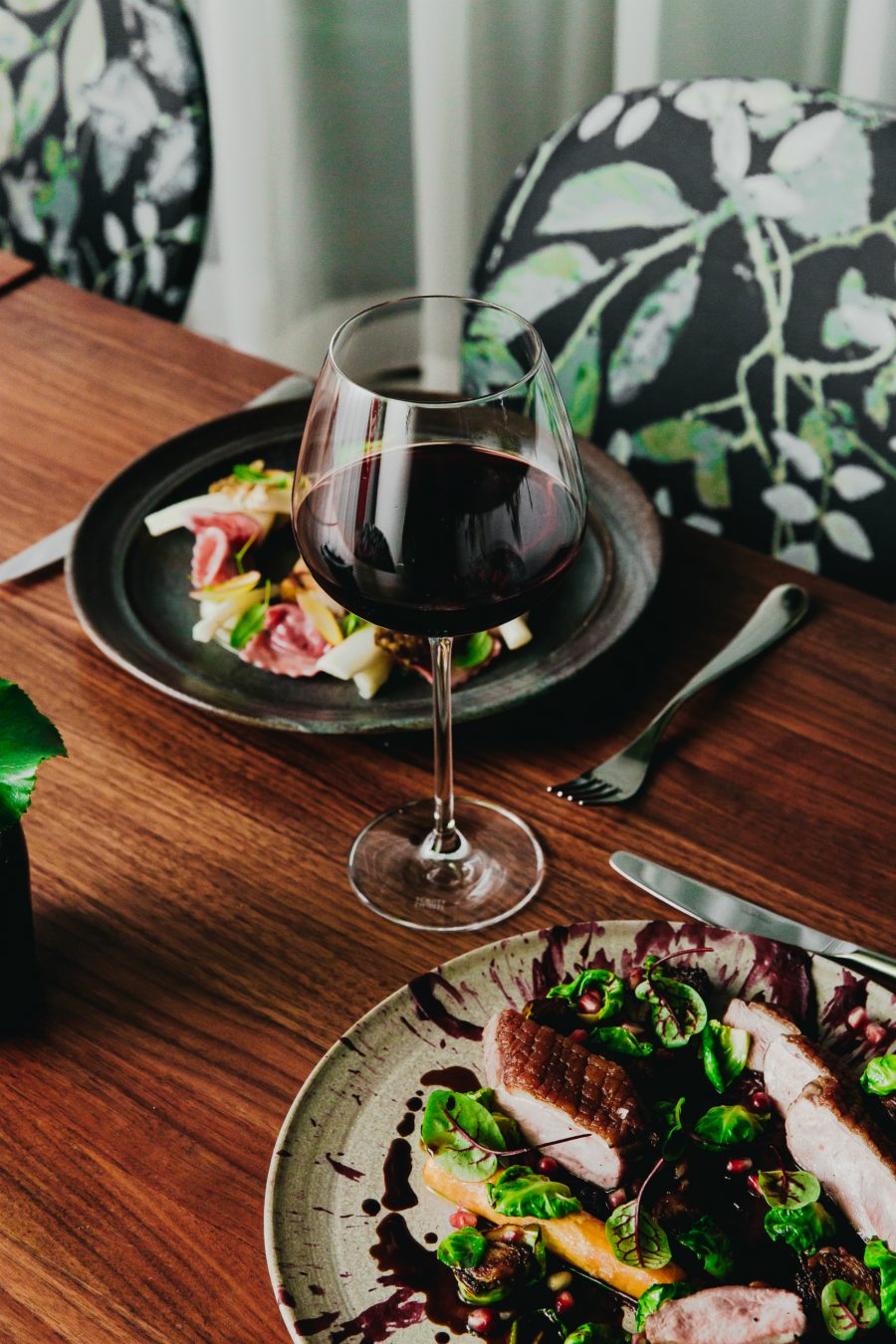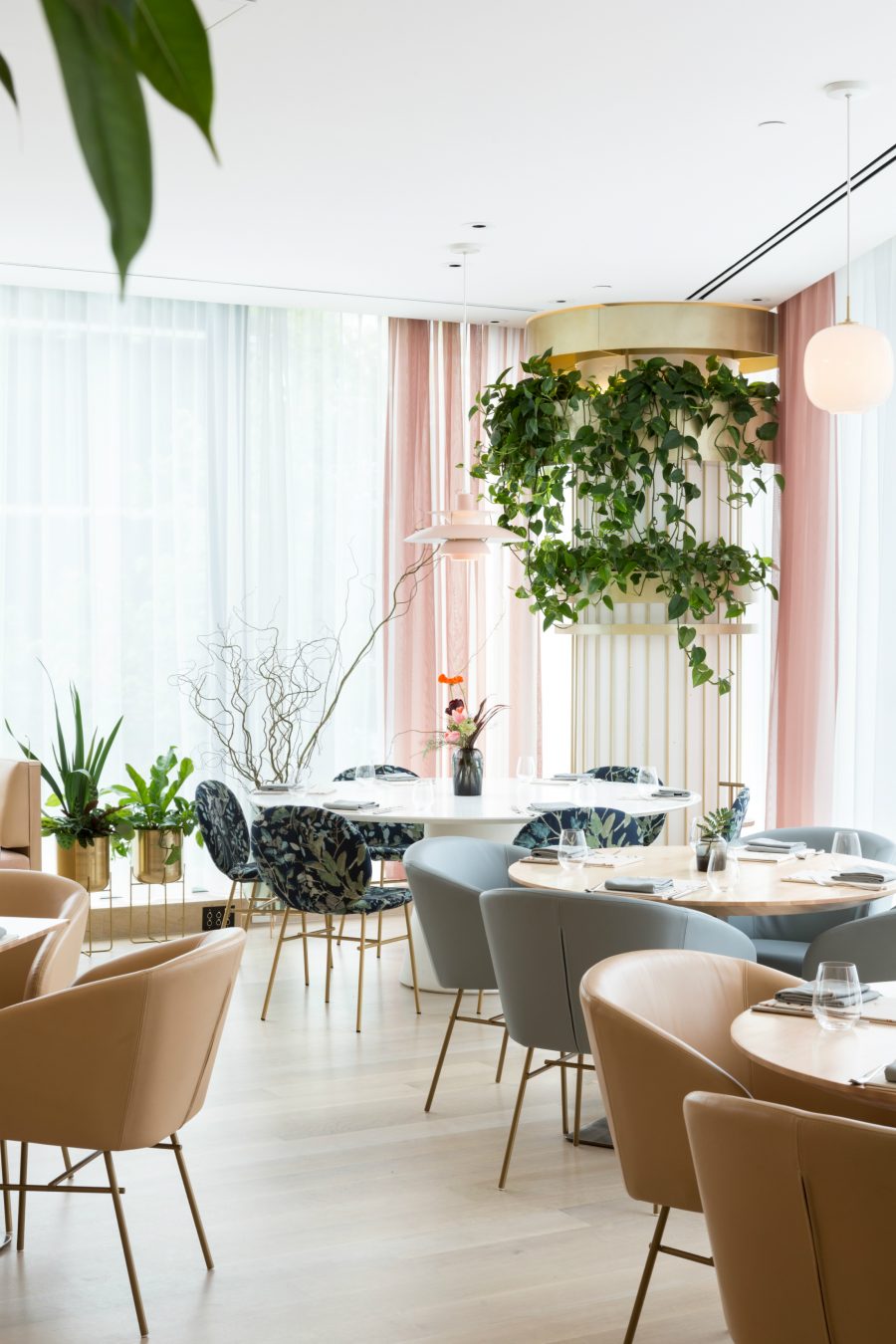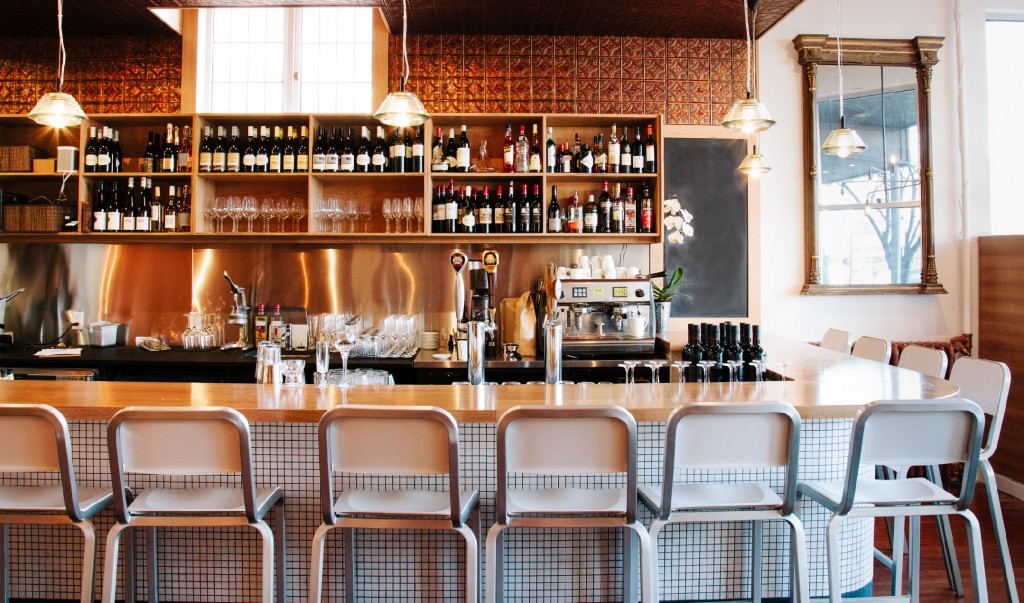Notwithstanding a love of nature and healthy lifestyles, many Vancouverites aren’t privy to the existence of natural wines. But these organic offerings definitely fit into a city that cares about wellness in every sense. Here, four local experts share their take on natural wines—be they a fad or the future.
“The easiest way to describe natural wine is it’s made from organically or biodynamically grown grapes, un-manipulated in the winery through chemical or physical adjustments, and has little-to-no added sulphur,” explains Kieran Fanning, former wine director at South Granville’s Grapes & Soda. The wine list Fanning built at David Gunawan’s small restaurant comprises 97 per cent natural wines, with 15 per cent of those being orange (white wine generally made in a natural method, but with extended skin contact, and oxidization, which results in an orange hue); a good portion of those on the list are also grown biodynamically.
Recommended: Clos Tue-Boeuf Vin Rouge Gamay Noir, Loire Valley
Jill Spoor, wine director at Botanist in the Fairmont Pacific Rim, gives Vancouver’s burgeoning natural wine scene more credit than some of her peers. “I feel that the lists in Vancouver are very generous with this category, considering the controversy,” she says, alluding to the fact that not all traditional sommeliers buy into the “natural” label. “My impression is that we have a pretty progressive wine scene here.” While biodynamic wines (those made utilizing alternative natural viticulture philosophies) are a greater focus at Botanist, natural wines make up five per cent of her list.
Recommended: Little Farm Pied de Cuve Riesling, Cawston, B.C.
Internationally, the impression is that younger wine drinkers are the most supportive of the natural movement. General manager and sommelier Matthew Landry at The Stable House Bistro in the South Granville neighbourhood agrees. “Young people for sure. One, most natural wine is affordable. Secondly, traditional wine can demand a larger reservoir of wine knowledge many young drinkers just don’t have,” he explains. “Then natural wine comes at them with authentic stories of radical farmers resurrecting exotic varietals from clay amphora—it’s an exciting narrative.” A small portion of Landry’s list is focused on natural wine, and admittedly, introducing them to his guests isn’t always easy. “It’s tricky,” he says. “I like to say it’s what the cool kids drink on the east side of town.”
Recommended: O. Lemasson R16 Gamay/Cot, Loire Valley
At Mount Pleasant’s Burdock & Co., wine director Matthew Sherlock (who is also an importer and partner in Lock & Worth Winery) has made a list laden with 95 to 100 per cent natural wines. “There is never a wine on the list which we either don’t believe in, or a producer who is not at least attempting to accomplish the same things with their grapes in the winery as chef [Andrea Carlson] is with her raw materials in the kitchen,” Sherlock underlines. Despite a lengthy history with—and obvious fondness for—the natural wine movement, Sherlock is pragmatic about its divisive reputation as an unappetizing fad. “In the worst examples, yes, it is. There are plenty of producers that make flawed, garbage wines and market them as ‘natural,’” he explains. “These wines will eventually be dismissed, hopefully before they do too much damage to a movement that has quality as its first tenet. It’s a return to winegrowing and making before industrial agriculture took hold post-World War Two. Wine has been made ‘naturally’ for far longer than the way the majority of what we consume today has.” Still, it’s contemporary restaurants and smart marketing that are helping these naturals appeal to consumers.
Recommended: Thomas Pico Chardonnay, Languedoc
The verdict is still out on natural wine; many who support the concept of un-manipulated juice don’t really believe “natural” is the best designation (despite global usage) for it, arguing that the only natural wine would be one that occurred spontaneously, with zero intervention from humans. But advocates such as Fanning believe natural wine has made the industry friendlier to a new young group of drinkers. “For those with $25 or less to spend on a bottle of wine, the cool labels on natural bottles and the trendy bars that stock them definitely provide a unique gateway,” he says. “The fact that the previous generation hates them also seems to help.”
Read more in wine.












